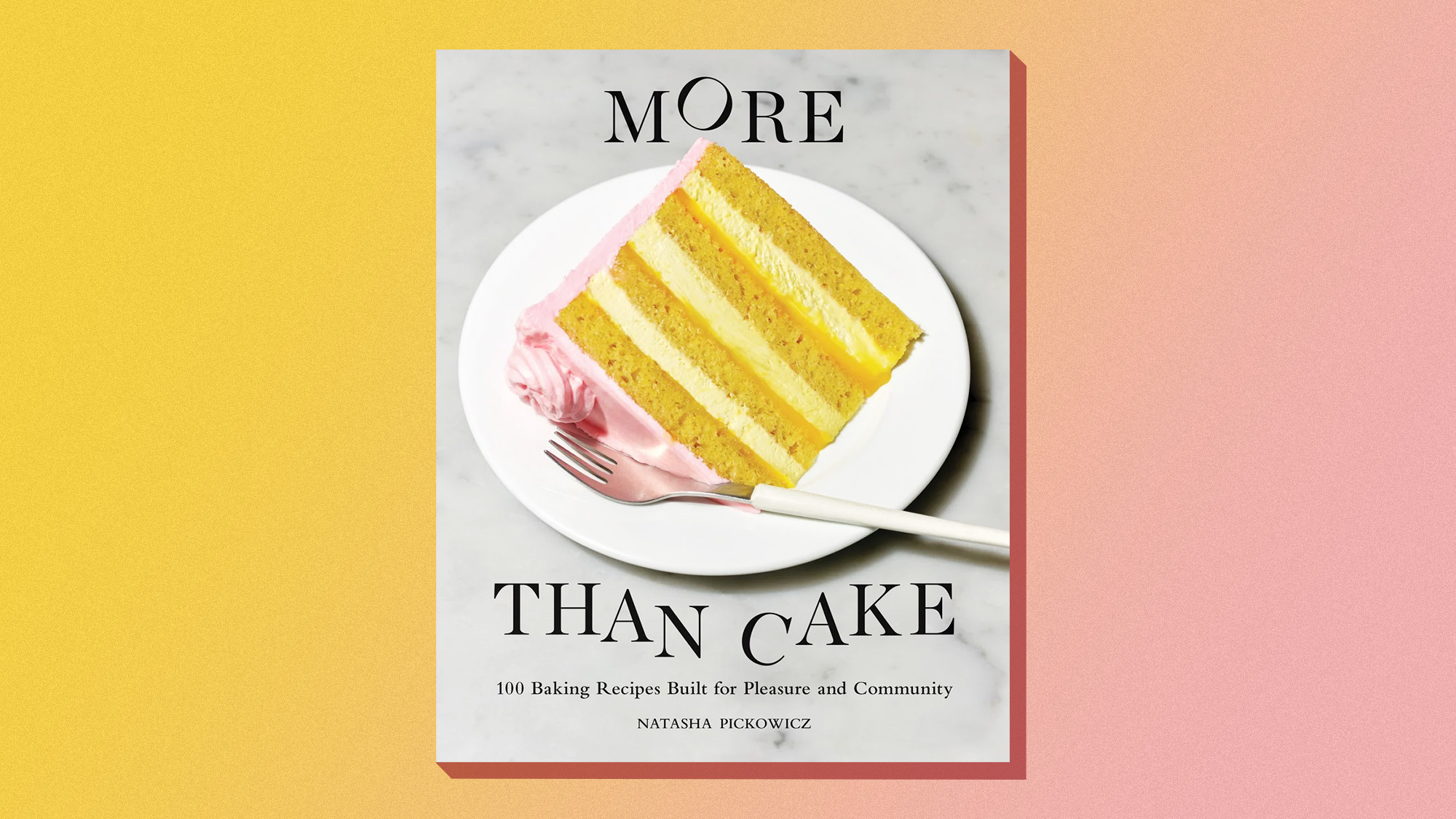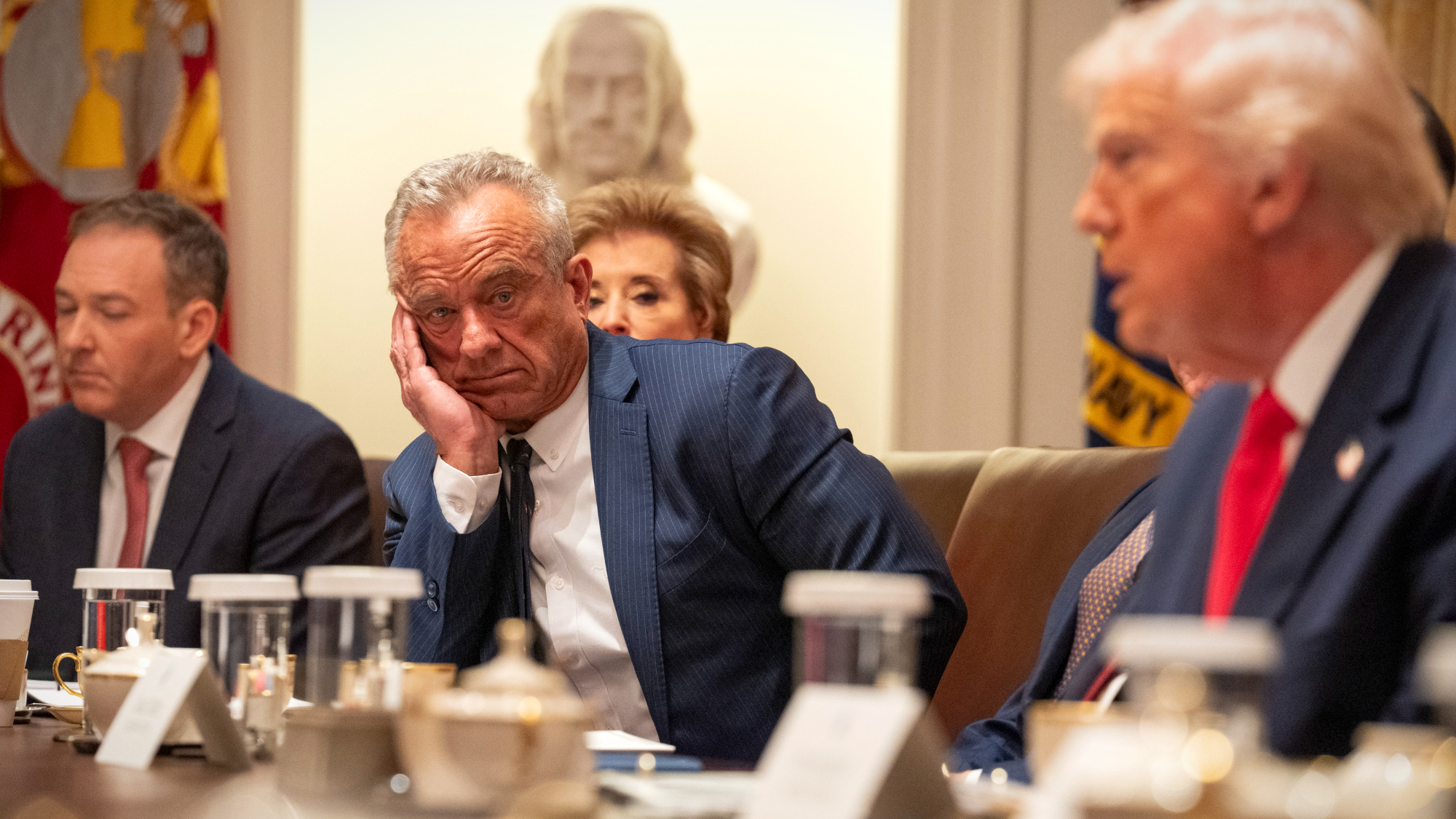Why the Women's March on Washington was the perfect way to needle Donald Trump
For all that Trump fancies himself a master of spectacle, he lost this round, and he knows it


Protests invite generalizations, and I was about to irresponsibly philosophize about what Saturday's historic Women's March means — specifically, what it teaches us about American self-portraiture — when I stumbled on this photograph of the new president and his wife. Surrounded by a truly unreasonable number of roses at the inaugural luncheon on Jan. 20 — a day that ought to have brought them some joy — they look the very picture of unhappiness. This is Adam and Eve sulking outside of Eden. This is every marriage gone wrong, every midlife crisis, every spiritual void that leads a soul to snatch something they'll wake up in the night regretting.
So I stopped short, because that image with its blue dress and red tie crystallized so much of what happened in America this weekend. It provoked the crowds of people in red hats who gathered in Washington, D.C., one day and the crowds of people in pink hats who gathered there — and all over the country and the world — the next. Is there anything true worth saying about a country that produced both those spectacles and this portrait of a man and a woman caught off guard, slathered in wealth, their misery on exhausted display in a rare moment when they forgot about the cameras?
There is. The Trumps may not be "relatable" in the strictest sense — their gold-encrusted habitat was always intended to alienate and impress — but that photograph captures, in its own small way, the country they now represent: divided, afflicted by comfort, addicted to outrage, bitterly convinced they've been wronged. They are, above all, camera-conscious and camera-ready.
The Week
Escape your echo chamber. Get the facts behind the news, plus analysis from multiple perspectives.

Sign up for The Week's Free Newsletters
From our morning news briefing to a weekly Good News Newsletter, get the best of The Week delivered directly to your inbox.
From our morning news briefing to a weekly Good News Newsletter, get the best of The Week delivered directly to your inbox.
Never has an administration been more consumed with its own image, and this weekend turned into a contest between the spectacle-producing power of the president vs. the protesters. President Trump, we now know, is trying to use his reality TV experience to generate particular effects: He padded his first press conference with paid staffers to clap — thereby making it look like he had more support than he did. He reportedly wanted tanks and missile launchers at his inaugural parade to maximize his show of power. (The military said no). When turnout for his inauguration was significantly lower than President Obama's in 2009, he rebuked the National Park Services for calling attention to the comparison, accused the press of dishonesty, and made his press secretary spend his very first press conference lying to the American people: "This was the largest audience to ever witness an inauguration, period," Sean Spicer said — a statement so easy to disprove it generated a day of Twitter jokes with the hashtag #spicerfacts.
But there may have been a reason for Spicer to lie so brazenly on his first day: First of all, in the contest for who had the bigger and better spectacle, Trump lost. That required a distraction. The crowd of protesters in Washington was three times bigger than Trump's inauguration crowds, and an estimated 3 million people protested in 670 cities worldwide. If Trump slightly underperformed, the Women's March exceeded expectations on every front: Chicago's expected 75,000 protesters grew to roughly 250,000; Boston expected 25,000 and ended up with about 175,000; L.A. drew somewhere around 500,000 people; New York expected about 100,000 and got twice that. Nor were the protests limited to the "coastal elites." There were protests of several thousand in places like Boise, Lincoln, and Charleston, West Virginia — and St. Louis and Albuquerque and Birmingham and Anchorage.
Worse still, Trump lost on multiple fronts. He lost to the Women's March the day after his inauguration, and he lost to Obama in both crowd turnout and television ratings the day of. If you fancy yourself a ratings machine and a populist, it is hard to appear that, well, unpopular.
Lying may have been the administration's effort to deprive the Women's March of media oxygen, but it was also likely an effort to consolidate support among hard-core Trumpists. If Spicer and Kellyanne Conway — the latter attempted to rebrand Spicer's falsehoods as "alternative facts" this weekend — are cultivating an audience that will accept Trump's administration's word over the evidence of their eyes, the squabble over crowd size is a perfect, low-stakes opportunity. When gauging the extent to which your followers will follow, lie obviously about something that doesn't much matter.
A free daily email with the biggest news stories of the day – and the best features from TheWeek.com
It's hard to imagine a better test, because the Women's March was massively photographed by almost everyone in it. A protest movement that flooded with self-portraiture poses a real problem to this administration because it floods every social media venue with images that cannot possibly be attributed to Trump's legendary "dishonest media." These are people's friends and families posting photos of their signs, of the crowds, of marches all over the world. The media simply cannot be blamed for the stunning ubiquity of the Women's March.
But that, for Trump's administration, is all the more reason to blame them anyway. Perhaps they'll convince some folks that the hundreds of thousands of people participating all over the world and uploading their photos are evil reporters or "paid protesters."
The larger point is this: From the images of Pence and Trump waving at empty bleachers to the hordes of protesters spilling over into side streets in cities all over the country, the weekend became a battle of camera angles, of the stories that spectacle sells. For all that Trump fancies himself a master of spectacle, he lost this round. And he seemed to know it even in the photograph with which I began this piece. Many emotions are legible in his face, and frustration and defeat are among them.
The Women's March was an inspiring, tendentious, flawed, necessary, and successful event. That will not be enough. Critics have been quick to point out that, for all the good feeling it generates, a march accomplishes little in itself. That's true. But it might be less true in this case than it would be in others. This happens to be a president for whom spectacle matters more than almost anything else; that means he's uniquely susceptible to this kind of protest. Crowds matter so much to him, in fact, that — per The New York Times — he sulked through much of his first weekend as president: "He spent his Friday night in a whirlwind of celebration and affirmation. When he awoke on Saturday morning, after his first night in the executive mansion, the glow was gone, several people close to him said, and the new president was filled anew with a sense of injury."
That man is in power now. He is slowly reshaping his press coverage to his specifications, floating the idea of "putting in his own security and intelligence community," whatever that might mean, and praising authoritarian leaders who crack down on dissident populations. The Women's March will be remembered as a global rebuke to this administration and the manifestation of a massive political will to resist. But if it does what protests should — if it provokes a response — much more will have to come from it.
Lili Loofbourow is the culture critic at TheWeek.com. She's also a special correspondent for the Los Angeles Review of Books and an editor for Beyond Criticism, a Bloomsbury Academic series dedicated to formally experimental criticism. Her writing has appeared in a variety of venues including The Guardian, Salon, The New York Times Magazine, The New Republic, and Slate.
-
 Education: More Americans say college isn’t worth it
Education: More Americans say college isn’t worth itfeature College is costly and job prospects are vanishing
-
 One great cookbook: ‘More Than Cake’
One great cookbook: ‘More Than Cake’the week recommends The power of pastry brought to inspired life
-
 Democrat files to impeach RFK Jr.
Democrat files to impeach RFK Jr.Speed Read Rep. Haley Stevens filed articles of impeachment against Health and Human Services Secretary Robert F. Kennedy Jr.
-
 Has Zohran Mamdani shown the Democrats how to win again?
Has Zohran Mamdani shown the Democrats how to win again?Today’s Big Question New York City mayoral election touted as victory for left-wing populists but moderate centrist wins elsewhere present more complex path for Democratic Party
-
 Millions turn out for anti-Trump ‘No Kings’ rallies
Millions turn out for anti-Trump ‘No Kings’ ralliesSpeed Read An estimated 7 million people participated, 2 million more than at the first ‘No Kings’ protest in June
-
 Ghislaine Maxwell: angling for a Trump pardon
Ghislaine Maxwell: angling for a Trump pardonTalking Point Convicted sex trafficker's testimony could shed new light on president's links to Jeffrey Epstein
-
 The last words and final moments of 40 presidents
The last words and final moments of 40 presidentsThe Explainer Some are eloquent quotes worthy of the holders of the highest office in the nation, and others... aren't
-
 The JFK files: the truth at last?
The JFK files: the truth at last?In The Spotlight More than 64,000 previously classified documents relating the 1963 assassination of John F. Kennedy have been released by the Trump administration
-
 'Seriously, not literally': how should the world take Donald Trump?
'Seriously, not literally': how should the world take Donald Trump?Today's big question White House rhetoric and reality look likely to become increasingly blurred
-
 Will Trump's 'madman' strategy pay off?
Will Trump's 'madman' strategy pay off?Today's Big Question Incoming US president likes to seem unpredictable but, this time round, world leaders could be wise to his playbook
-
 Democrats vs. Republicans: who are US billionaires backing?
Democrats vs. Republicans: who are US billionaires backing?The Explainer Younger tech titans join 'boys' club throwing money and support' behind President Trump, while older plutocrats quietly rebuke new administration
